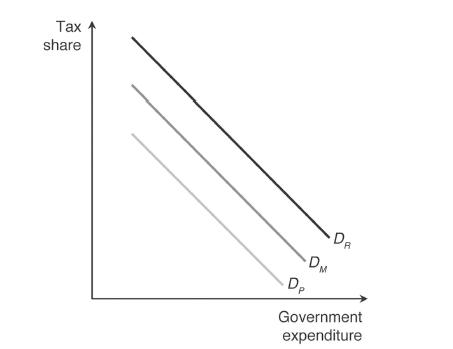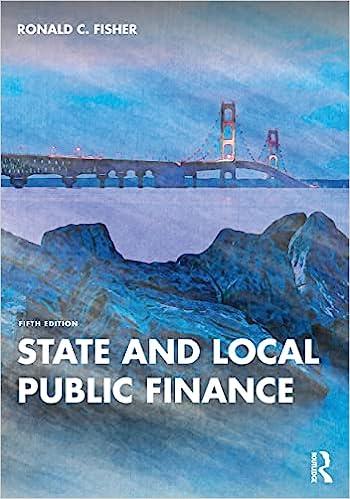Suppose that in one community, there are three groups of voters that differ by income, with P
Question:
Suppose that in one community, there are three groups of voters that differ by income, with P denoting the lowest, M the middle, and R the highest. The demand for local government services by these groups is shown here. Under what conditions would the desired amount of service be the same for all three groups? Is it clear whether the tax structure that generates such a result would be regressive, proportional, or progressive? Is it possible under other conditions that the low- income group would desire the most service, followed by the M group and then the R group?

Fantastic news! We've Found the answer you've been seeking!
Step by Step Answer:
Related Book For 

Question Posted:





